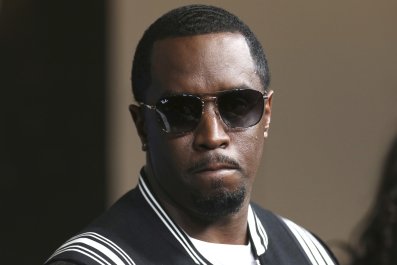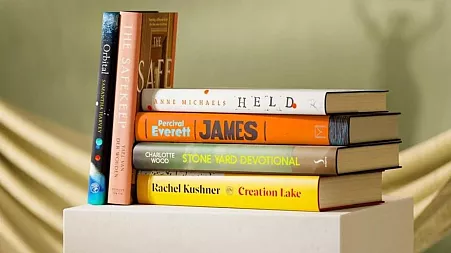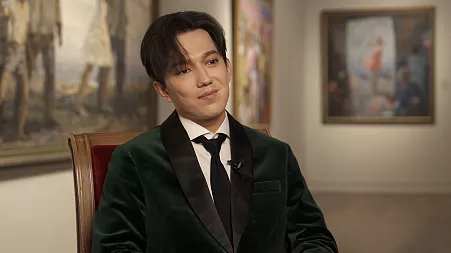Isao Takahata was nine years old when the firebombs fell. On the night of June 29 1945, incendiary weapons rained on Okayama in western Japan, and when the Takahata household in the suburbs caught light, Isao and his older sister fled into the city barefoot.
They didn’t realise in their panic that the rest of the family had made for a shelter in the opposite direction – nor that the city centre was the primary target of the fleet of B-29s overhead.
Overnight, they found themselves in an inferno. The following day, they combed the wreckage for sustenance, walking past blackened bodies in a daze. When his sister’s clothes caught fire, Isao beat out the flames: she was scarred but survived, and often said in adulthood that her younger brother was the only reason she lived.
As for young Isao, he was physically unharmed, but bore scars of a different type. Seventy-two years later, towards the end of an existence not short on ups and downs, he still described those 24 hours as “the defining event of my life”.
Those experiences would inspire Takahata’s masterpiece Grave of the Fireflies, which he made at Studio Ghibli, and is now frequently ranked among the greatest animations ever made. He died in 2018, aged 82, but a little over a year before his passing, he gave his final English language interview to the Telegraph, in the library of the renowned animation house he founded with Hayao Miyazaki and Toshio Suzuki in the 1980s.
Miyazaki, stern and reclusive, was always the more famous of the two. And his own best-known films – My Neighbour Totoro, Spirited Away, last year’s The Boy and the Heron – are the ones most people think of when Ghibli comes to mind. But Takahata was the innovator: of his nine features, five could be said without exaggeration to have actually changed what animation could actually do.
His 1968 debut, The Little Norse Prince, more or less singlehandedly reset Japan’s entire anime industry, wrenching it away from its longstanding Disney fixation and towards more mature, morally ambiguous storytelling and extraordinary visual dynamism and verve. Later came his poetic-realist drama Only Yesterday, and his expressionistic suburban and historical fables My Neighbours the Yamadas and The Tale of the Princes Kaguya, both of which seemed to spill directly from their artists’ heads onto the screen.
But it was Grave of the Fireflies, which launched on Netflix this week, that made the biggest mark. It remains one of the greatest films to have ever been made about children in wartime, animated or otherwise, and has a quiet but devastating power that breaks every heart it finds.
Based on a 1967 short-form piece by the writer Akiyuki Nosaka, but also heavily informed by Takahata’s own childhood, the film tells of a young brother and sister, Seita and Setsuko, clinging to life in the aftermath of the Second World War firebombing of Kobe. (Like many other major Japanese cities, including Okayama, the busy port was targeted by Allied aircraft in the conflict’s final months.)
Like Takahata, Nosaka was separated from his family during the attacks with a sibling, his 16-month-old sister Keiko. The pair ended up living alone in a bomb shelter for a month, where Keiko died of malnutrition days after the war’s end. Nosaka would later describe his story as his apology for not having kept her alive.
When I arrived at Ghibli’s headquarters in a quiet and leafy Tokyo suburb, Takahata had just finished work on the studio’s first international co-production, The Red Turtle, directed by the London-based Dutch animator Michaël Dudok de Wit. He was at something of a loose end, and looked quite content to be so: this is the man the workaholic Miyazaki once described as a “slugabed sloth”. Ambling into the library in comfortable brown trousers and a faded navy jacket, he resembled a woodland creature from The Wind in the Willows, returning to his book-lined burrow after a contemplative walk.
Pointing to a couple of volumes on the shelves, he described a couple of films he still wanted to make before retiring: an adaptation of a folk tale called The First Deer Dance by Kenji Miyazawa, and a historical epic inspired by a 14th-century epic prose chronicle called The Tale of the Heike.
“Something with hundreds of warriors on horseback with bows and arrows that would be impossible in live action,” he grinned. “Because of my age, I do not know whether I will be able to realise them or not. But,” he continued, “I am going through the preparatory efforts.”
Takahata remembered being moved by Grave of the Fireflies soon after it was originally published. But he didn’t think of adapting it until 1987 when a Ghibli producer pitched it to him as a possible companion piece for Miyazaki’s My Neighbour Totoro, production on which was already going full steam ahead.
Takahata was initially unsure. Disenchanted with the crisp lines and gem-bright colours of ordinary Japanese anime, he wanted to develop a looser, more expressionistic style of filmmaking – partly inspired by the Canadian animator Frédéric Back, whose own work looked like the pages of a sketchbook come to life.
But the schedule he was faced with – the film had to be completed in less than a year – demanded a more conventional approach. And for that reason he was minded to turn it down, until Miyazaki convinced him otherwise. Animated films based on source material like this were rare, his younger partner reminded him, and the moment should be seized.
So he did – and in order to meet the tight production deadline, roped in Yoshifumi Kondo, a colleague from his days in the churn-and-burn world of TV animation. The two had worked together on a 60-episode adaptation of Anne of Green Gables in the 1970s, and were used to moving fast.
Because the film’s plot would be relatively straightforward, Takahata decided he should focus on the incidental details of Seita and Setsuko’s struggle to survive – many of which were drawn from his own horrifying childhood experience.
He set the air raid in broad daylight to capture how strange the bombs looked as they just lay there burning on the ground – and the tin of fruit drops, which eventually serves a terrible and tragic purpose, was a brand he himself had loved, and which during the war had been as scarce and precious as jewels.
Ghibli released Grave of the Fireflies in Japan on April 16 1988 in a double bill with My Neighbour Totoro – from the still-emergent studio, an extraordinary show of creative strength. Takahata chucklingly recalls that audience reactions depended almost entirely on the order in which the films were screened.
His harrowing wartime drama was the perfect bracing prelude to Miyazaki’s pastoral fairytale, but shown afterwards, it prompted walkouts.
Side by side, the two films encompassed everything that would make Ghibli great – and also threw the difference between its two founders’ work into sharp relief.
“Miyazaki’s young heroines can overcome difficult situations for their own good, but my protagonists do not meet that definition,” Takahata told me. “I am more interested in the ones who are not able to find their way to the future. In real life, even if you do the very best you can, it’s not true that you can always overcome things. That’s what I have always wanted to portray in my work.”
It took another 25 years, but he did eventually develop the new style of animation he’d long dreamt of. Takahata’s final film, The Tale of the Princess Kaguya, was drawn in torrents of watercolour and charcoal, evoking both the artist’s sketchpad and the ancient emaki picture scrolls he would describe as “12th century animation,” and which he’d studied since his student days.
“I am always interested in what is left undrawn,” he said. “Some of Paul Cézanne’s greatest works are regarded as being unfinished because the canvases were not filled to the edges, but I have always believed they are complete.
“There is a power in the spaces we leave blank.”
Disclaimer: The copyright of this article belongs to the original author. Reposting this article is solely for the purpose of information dissemination and does not constitute any investment advice. If there is any infringement, please contact us immediately. We will make corrections or deletions as necessary. Thank you.




